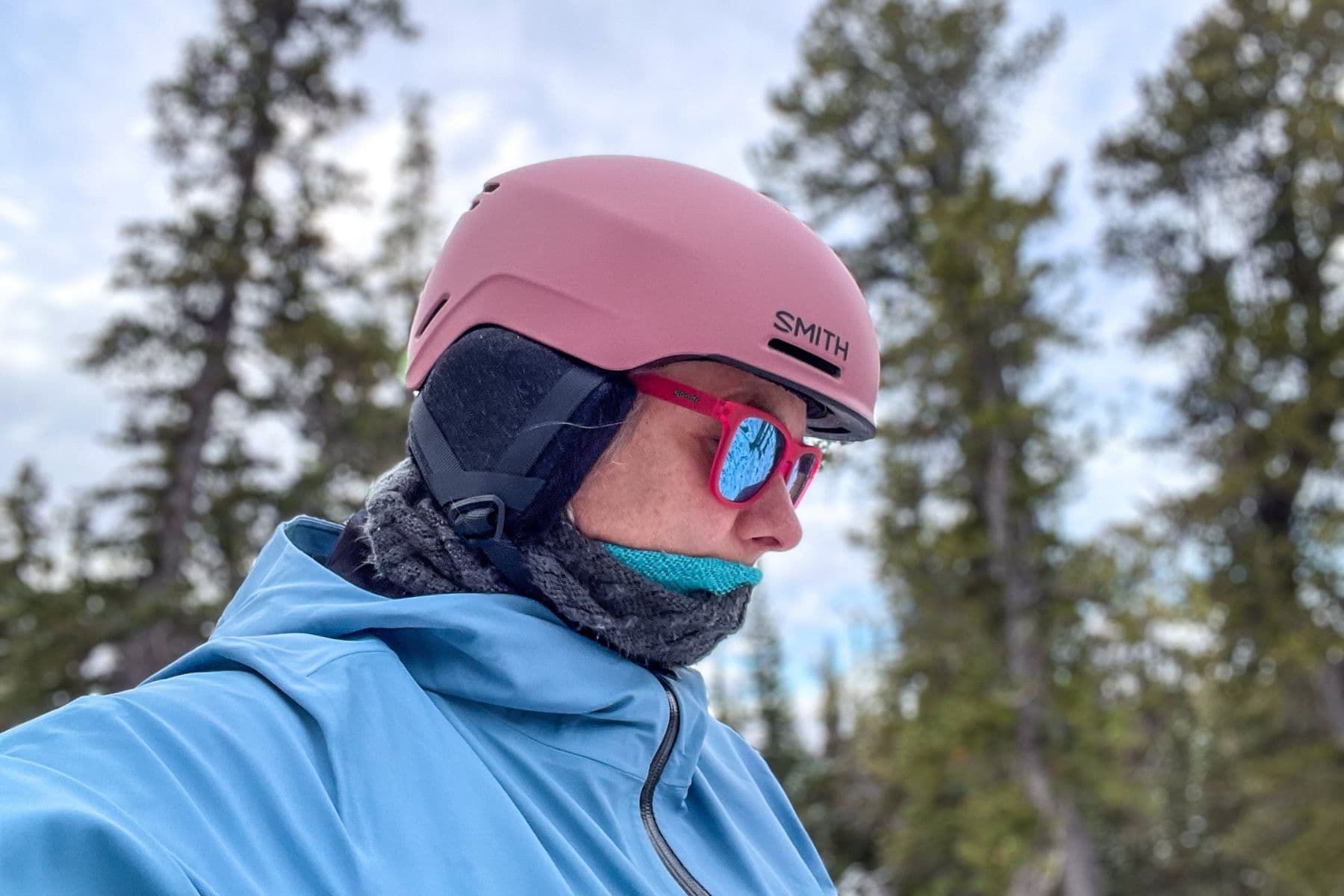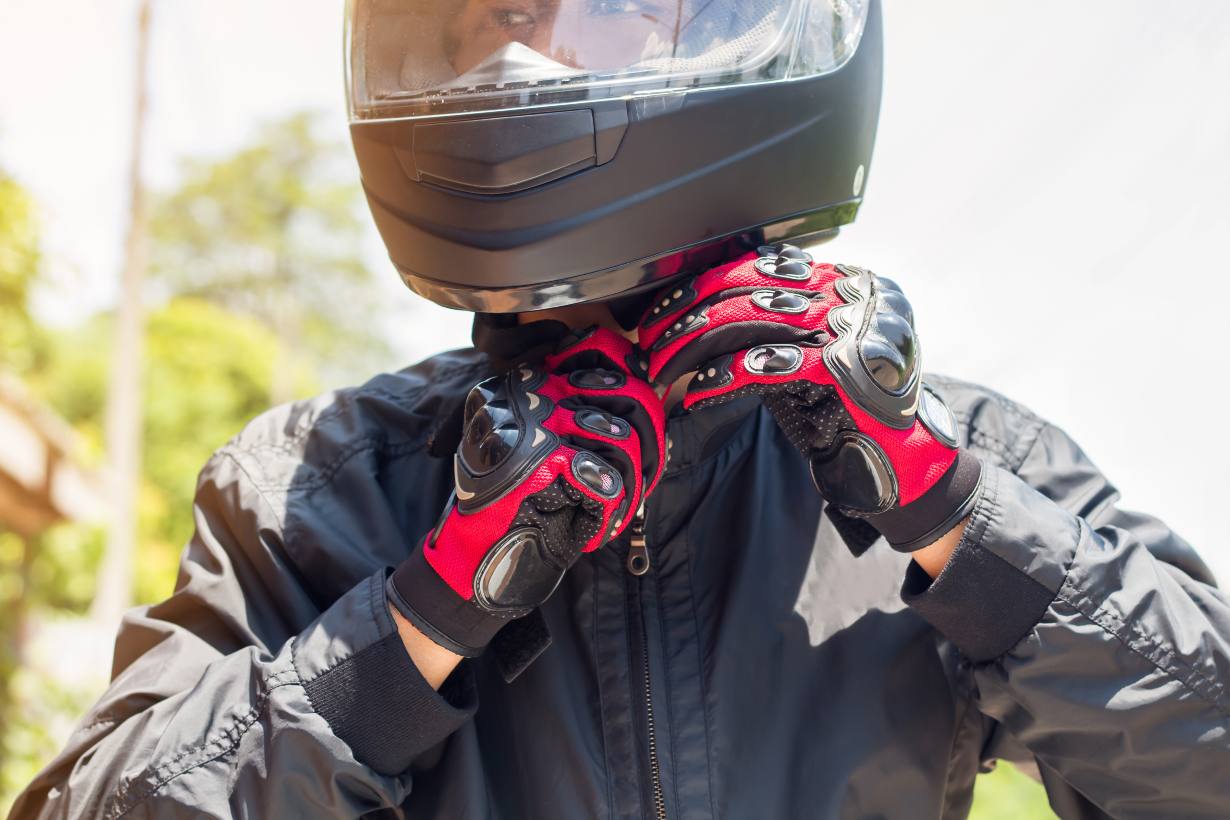When it comes to commuting or casual riding, a properly fitted helmet is crucial for both comfort and safety. Wearing a helmet that’s too loose or too tight can diminish its protective capabilities, cause discomfort, and ultimately discourage you from wearing it consistently.
Here’s a comprehensive guide to help commuters and casual riders find the right helmet size for their daily journeys.
1. Understanding Helmet Sizing Basics
Helmet sizes are generally categorized into Small, Medium, Large, and Extra Large. However, exact measurements may vary by brand, so it’s essential to know your head circumference before purchasing. Most helmets come with adjustable fitting systems, but the base size should still closely match your head’s dimensions.
Measuring Your Head
- Use a soft measuring tape to wrap around your head approximately 1 inch (2.5 cm) above your eyebrows and ears.
- Make sure the tape is level around your head, not tilted.
- Record your head’s circumference in centimeters or inches.
2. Size Chart Overview
Here’s a general guide, but always check the specific brand’s size chart for accuracy:
- Extra Small (XS): 20 – 20.5 inches (51 – 52 cm)
- Small (S): 20.5 – 21.5 inches (53 – 54 cm)
- Medium (M): 21.5 – 22.5 inches (55 – 57 cm)
- Large (L): 22.5 – 23.5 inches (58 – 60 cm)
- Extra Large (XL): 23.5 – 24.5 inches (61 – 62 cm)
3. Helmet Fit Test: Ensuring a Snug Yet Comfortable Fit
Once you’ve selected a helmet that aligns with your measurements, it’s essential to try it on and ensure it fits comfortably:
- Level and Stable: Place the helmet on your head, ensuring it’s level and sits just above your eyebrows. It shouldn’t tilt back or forward.
- Secure but Not Tight: The helmet should feel snug all around but not press uncomfortably on any part of your head. If it moves easily when you shake your head, it’s too loose.
- Retention System Check: Most helmets have a retention system at the back. Adjust it to tighten or loosen as needed for a secure fit.
4. Helmet Types for Commuters and Casual Riders
For everyday commuters and casual riders, there are a few helmet types that may be more comfortable and suitable for your needs:
- Half-Shell Helmets: Provide excellent ventilation, are lightweight, and offer basic protection, ideal for low-speed city rides.
- Commuter Helmets: Often include more coverage and have added features like built-in lights or reflective elements for extra visibility.
- Multi-Sport Helmets: These are versatile and suitable for cyclists, skateboarders, and even casual scooter riders, offering a balance of protection and style.
5. Additional Tips for Helmet Maintenance and Safety
- Replace After Impact: Helmets are designed to protect in a single impact, so replace yours after any crash, even if it doesn’t appear damaged.
- Check Fit Periodically: Over time, helmets can lose their snug fit, especially if worn frequently. Re-assess the fit every few months.
- Consider MIPS Technology: Some helmets come with MIPS (Multi-Directional Impact Protection System) technology, which provides added protection against rotational impacts.
6. Style and Comfort: Making Your Helmet Work for You
Choosing a helmet that suits your style will encourage you to wear it consistently. Many helmets come in various colors and finishes, and some even offer removable padding for easy cleaning and added comfort.
Conclusion
A helmet is your best line of defense in case of an accident, making it vital to choose one that fits correctly.
By measuring your head, consulting size charts, and understanding how a helmet should sit, you can ensure the best combination of safety and comfort.
Happy commuting, and always remember: wear your helmet on every ride!









